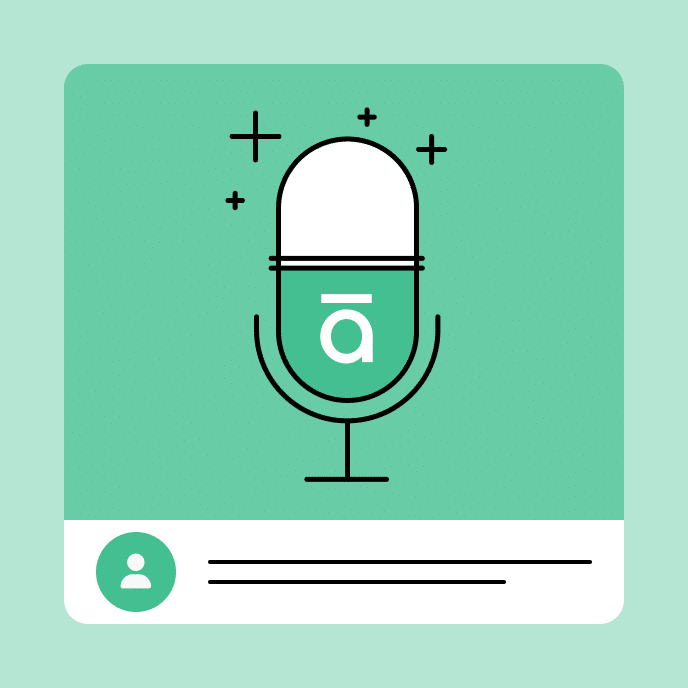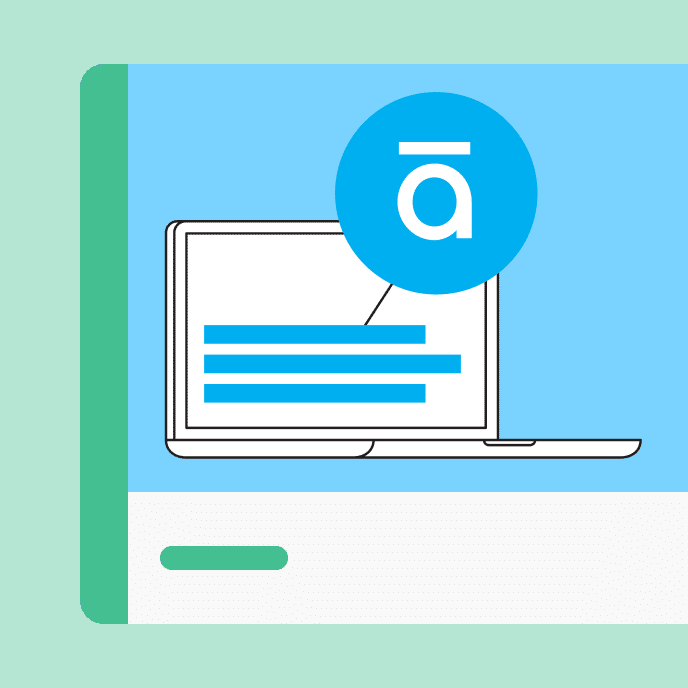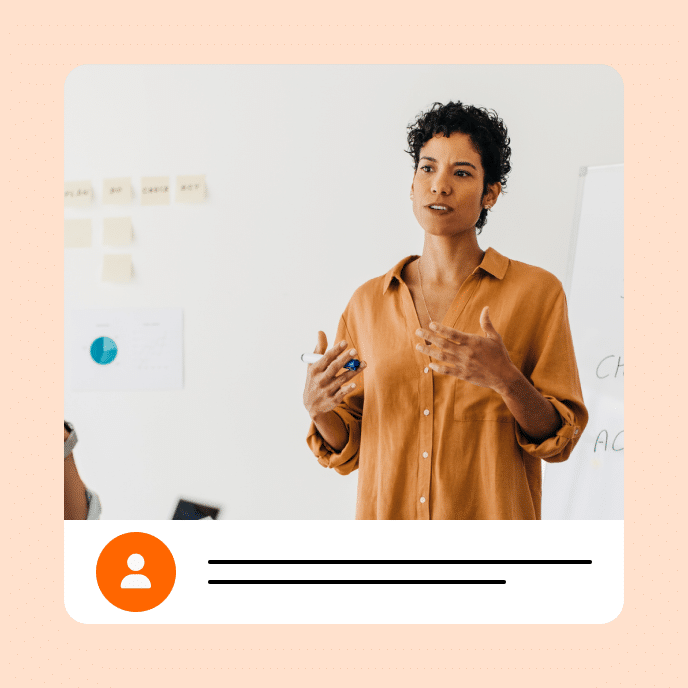Align Your E-Learning with Customer’s Vision
Sometimes, customers know what they want but can’t explain it. A mismatch between their vision and the project you deliver can be frustrating for both parties. Here’s how to save time and meet the customer’s needs from the start.

Getting your customer to explain the type of e-learning course they need
I once had a training manager who would toss a project my way with barely any direction. I had the freedom to get creative. But when I returned with my ideas, she’d say something like, “That’s not what I was thinking; I wanted this ______.”
I get it. People may not always know how to explain what they want, but somewhere in their brain, they have a vision for what it should be. They just can’t say it until they see something that isn’t it. And once they see it, they can tell you why it’s not right and what they do want.
This can be frustrating and definitely a time-waster, but it’s often something that happens when working on training projects, especially in e-learning where designing a specific look and experience is very media-rich and subjective. Here are a few tips to make this process smoother.
Prepare the customer with questions
Before the meeting, prepare the customer by sending them some questions. These should help inform the training project. Common questions are:
- Why is there a need for training?
- Who is the audience?
- What should the training accomplish?
You don’t need the customer to fill out a lengthy questionnaire ahead of time (they probably won’t anyway), but you do want to set the stage for the meeting and frame the conversation.
From my experience, training is often the default solution for many customer issues. So, go in with a mindset of, “Convince me why you think training is the right solution.”
Ask them about their goals and why they think the audience isn’t meeting them. This helps figure out if building an e-learning course is the right move.
In any case, sending them questions ahead of time gets them thinking about their project. Here’s a handy questionnaire to help you get started.
Key Point: The customer should review the questions and have a better understanding of their project needs before your meeting.
Clarify the project type and vision
Some customers only need a simple compliance course with a few screens of info and a final quiz. Others are looking for significant changes and performance improvements. These goals require different approaches which vary in how much time it takes to build them.
You and the customer have limited resources. If the course’s only objective is to pass a quiz by December 31, that’s a lot different than researching, writing, and crafting dynamic decision-making scenarios. Knowing the course’s ultimate purpose and having clear objectives is crucial for effective e-learning.
Key Point: The customer should be able to tell you if the course aims for performance improvements and how they’ll measure success.
Get them to spill the beans
Some clients don’t know what they want until they see something tangible. Just like my old manager, they need to see examples to understand what they don’t want and figure out what they do want.
This is why I include a range of e-learning course examples and course treatments. They range from simple, linear courses to complex decision-making interactions. Show them examples to get a sense of their vision for the training project. Ask them to share any courses they’ve seen or experienced before that helped shape how they view their project.
Key Point: The goal is to get them to vocalize the mental picture of the e-learning course they have in their heads. From there, you can work on building the right one.
Final thoughts
There’s obviously more to working with clients, but a key part is unlocking their mental image of the e-learning course they want. You can achieve this by asking good questions, understanding the training objectives, and providing examples they can process.
Doing this helps them explain what they need and helps you build a training module that’s effective and meets their goals.
You may also like

Big Moves, Big Wins: Articulate’s 2024 Year in Review
Check out six milestones—from game-changing features to prestigious awards— that shaped our e-learning year.

